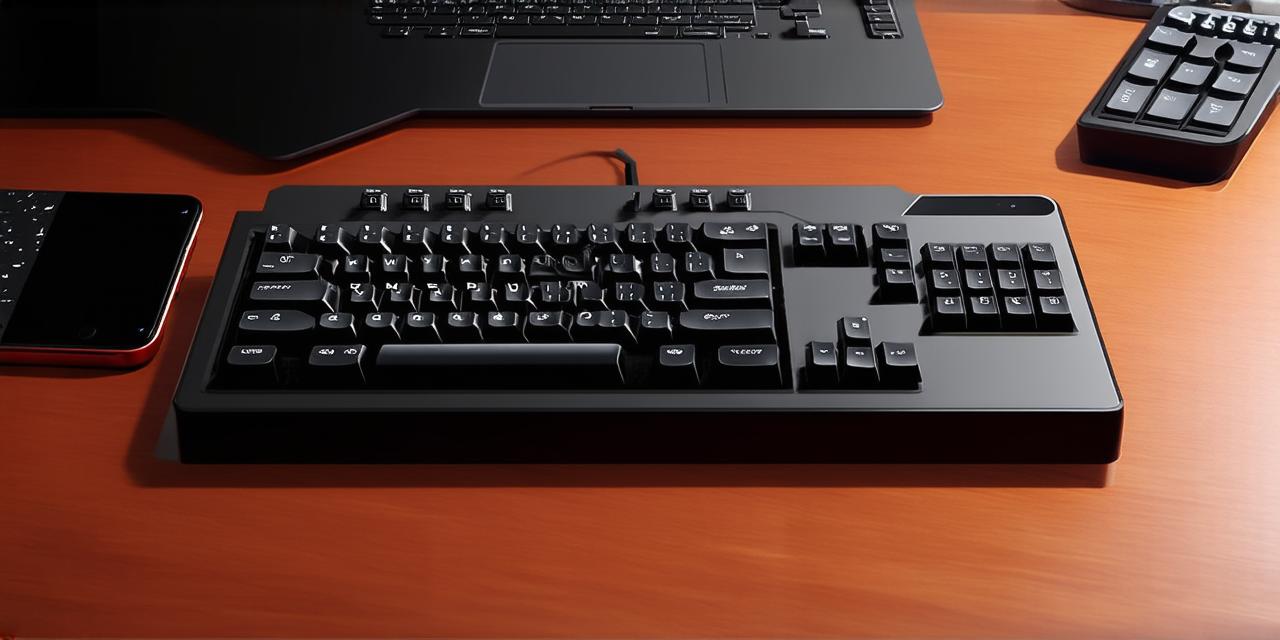Introduction
Mobile gaming has grown exponentially in recent years, with millions of people worldwide playing games on their smartphones and tablets. However, many gamers also enjoy playing these games on their PCs, which offer a larger screen, more powerful hardware, and better graphics. As a game developer, you may be wondering how to bring your mobile game to the PC market. In this guide, we’ll walk you through the steps involved in porting your mobile game to the PC platform.
Step 1: Choose Your Porting Method
There are two main methods for porting a mobile game to the PC: emulation and native development.
Emulation
involves using software to mimic the behavior of a mobile device on a PC, while native development involves creating a separate version of your game specifically for the PC platform. Each method has its pros and cons, and you’ll need to choose the one that best suits your needs and budget.
Emulation
Emulation is the simplest and most cost-effective way to port your mobile game to the PC. Emulators like BlueStacks or Andy allow you to run Android games on a
Windows
PC, while other emulators like YouWave or Nox can run iOS games on a
Windows
or
Mac
PC. These emulators use virtualization technology to create an environment that mimics the behavior of a mobile device on a PC.
Advantages of Emulation:
- Quick and easy setup
- Low cost (no need to purchase new hardware)
- Wide range of games available
Disadvantages of Emulation:
- Performance may be slower than native development
- Limited control over the emulated environment
- Compatibility issues with some games

Native Development
Native development involves creating a separate version of your game specifically for the PC platform. This requires more time and resources, but it can offer better performance, greater control over the game’s behavior, and access to more advanced hardware features.
Advantages of Native Development:
- Better performance than emulation
- Greater control over the game’s behavior
- Access to more advanced hardware features
Disadvantages of Native Development:
- Requires more time and resources
- Limited market reach (you’ll need to create separate versions for each platform)
Step 2: Choose Your Platform
Once you’ve decided on your porting method, you’ll need to choose which PC platform to target. The two main options are
Windows
and
Mac
. Both platforms have a large user base and offer access to powerful hardware features, but they differ in terms of their user interface, software ecosystem, and market share.
Windows
Windows is the most widely used desktop operating system in the world, with over 70% of PCs running
Windows
. It offers a wide range of software and games, as well as access to powerful hardware features like multi-core processors and dedicated graphics cards.
Advantages of Windows:
- Wide user base
- Access to powerful hardware features
- Large library of software and games
Disadvantages of Windows:
- Limited control over the user interface (you’ll need to design your game to work with the default UI)
- Compatibility issues with some games and software
Mac
Mac is a popular choice among gamers, artists
